How to bridge the pleasure gap
In last week’s blog I discussed the gender health gap between men and women. This week I want to focus specifically on the pleasure gap, and what that means to you in midlife.
Pleasure is a fundamental aspect of the human experience, but there’s a wide gap between men and women when it comes to sexual satisfaction. Let’s refer to this as the pleasure gap. The pleasure gap highlights the unequal distribution of pleasure and fulfillment in sexual encounters. This gap is informed by societal norms, cultural attitudes, and biological factors, all of which perpetuate inequality in our intimate relationships. So how do we as women, bridge the gap and reclaim our pleasure?
First we need to understand it…
Understanding the Pleasure Gap
Despite both men and women being capable of immense pleasure, studies consistently show that men report higher levels of satisfaction and orgasm frequency compared to women. One study cited by Professor of Human Sexuality Dr. Laurie Mintz reports that of the over two thousand heterosexual women surveyed 57 percent said they orgasm most or every time they have sex with a partner, while 95 percent said their partner orgasms every time.
Why is this important in midlife?
If we do not value or expect pleasure in these experiences, as women once we reach midlife and experience hormonal changes, pleasure no longer becomes a priority and we can in some cases simply give up on it, which impacts not only our intimate relationships, but also our self confidence and our relationships with ourselves.
Factors Contributing to the Pleasure Gap:
Biological Factors: Biological differences between men and women play a role in shaping sexual experiences. For instance, a woman’s unique physiology often requires a slower, more gentle build up for arousal, in fact between 30-45 min of stimulating erogenous and/or non-erogenous areas of the body, but in particular the clitoris to reach orgasm - making it less likely to occur during penetrative intercourse alone.
Societal Narratives: Societal narratives and cultural attitudes surrounding sexuality can influence perceptions of pleasure and sexual behavior. Historically, male pleasure has been prioritized and celebrated, while female pleasure has been marginalized or stigmatized. Additionally, Hollywood movies or porn often inaccurately portray women writhing with pleasure during acts when men’s pleasure is being centered. This societal conditioning can impact our sexual experiences and self confidence within the bedroom.
Communication and Education: Communication and education about sexual pleasure are crucial for addressing the pleasure gap. Many of us lack the sex education that covers topics such as anatomy, and pleasure. Without this couples may struggle to meet each other's needs effectively.
Gender Roles and Expectations: Traditional gender roles may dictate that men take the lead in sexual encounters prioritizing penetration during intercourse and undervaluing their partners need for clitoral stimulation to reach orgasm. These expectations can also create power imbalances and inhibit open communication about desires and preferences.
How do we bridge the Pleasure Gap?
Education and Awareness: Providing women with accurate and empowering information about their bodies, and men about how their partner’s bodies experience pleasure can help us to navigate intimate relationships more confidently.
Communication Skills: We should feel safe and comfortable to discuss our desires, boundaries, and fantasies with our partners without fear of judgment or shame. Effective communication allows couples to understand each other's needs and preferences, leading to more satisfying experiences for both parties.
Exploration and Experimentation: This is particularly important in midlife as our bodies, hormones and desires shift. This can involve taking the pressure off of intercourse and trying new techniques, or activities that promote mutual enjoyment and intimacy. Creating a safe and non-judgmental space for sexual exploration allows us to discover what feels good.
There is no one size fits all version of sexual pleasure, but through education, experimentation and most importantly communication we can start to bridge the gap and create more fullfilling and pleasurable intimate relationships in midlife. Perhaps take a moment today to ask yourself if there is a pleasure gap within your relationship and how you could begin to take steps to reclaim your pleasure.
